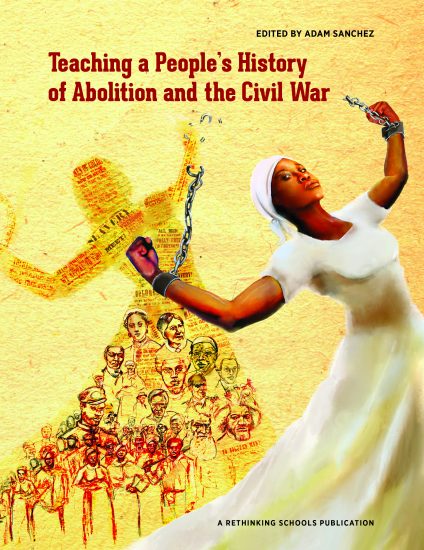 Teaching a People’s History of Abolition and the Civil War, edited by Adam Sanchez and published by Rethinking Schools, is a collection of 10 classroom-tested lessons on one of the most transformative periods in U.S. history. These lessons encourage students to take a critical look at the popular narrative that centers Abraham Lincoln as the Great Emancipator and ignores the resistance of abolitionists and enslaved people.
Teaching a People’s History of Abolition and the Civil War, edited by Adam Sanchez and published by Rethinking Schools, is a collection of 10 classroom-tested lessons on one of the most transformative periods in U.S. history. These lessons encourage students to take a critical look at the popular narrative that centers Abraham Lincoln as the Great Emancipator and ignores the resistance of abolitionists and enslaved people.
The collection aims to help students understand how ordinary citizens — with ideas that seem radical and idealistic — can challenge unjust laws, take action together, pressure politicians to act, and fundamentally change society.
Reviews
A valuable blueprint for teaching the history of abolitionism and the end of slavery. . . . Coming at a moment of activism by modern descendants of the struggle for freedom, the book could not be more timely. — Eric Foner, DeWitt Clinton Professor Emeritus of History, Columbia University and author of The Fiery Trial: Abraham Lincoln and American Slavery
By debunking the false history of lone great men and restoring the role of diverse coalitions of ordinary people working together to make extraordinary change, these lessons provide a factual basis for hope and inspiration amid oppressive circumstances. — Chenjerai Kumanyika, Assistant professor of Journalism and Media Studies, Rutgers University, and co-executive producer and co-host of Uncivil
Introduction: Why We Need a People’s History of Abolition and the Civil War
By Adam Sanchez
EVERY YEAR, I start teaching about slavery and the Civil War by asking my high school students “Who freed the slaves?” Without fail, the vast majority, if not the entire class, answers “Abraham Lincoln.” Holding back my desire to immediately puncture this simplistic narrative, I continue questioning: “Well, if Lincoln was the Great Emancipator and freed the slaves, what do you think he said in his first speech as president?” My students throw out various hypotheses that I list on the board: Slavery is evil, immoral, unjust; people should have equal rights regardless of color; it’s time to get rid of slavery; slaveholders should be punished; and so on.
We then turn to Lincoln’s actual first inaugural address and students are shocked to read that Lincoln stated that he had “no inclination” to “interfere with the institution of slavery in the states where it exists,” that he promised to uphold the Fugitive Slave Act, and that he expressed support for the Corwin Amendment, which would have prevented Congress from ever tampering with slavery in any state. For many students, this is a rupture of epic proportions. “Were we lied to?” they ask. “Did Lincoln really free the slaves?” “If he didn’t, who did?” “What else have we been lied to about?” These kinds of questions can ignite deep learning and historical engagement.
The real story of slavery’s end involves one of the most significant social movements in the history of the United States and the heroic actions of the enslaved themselves. Revealing this history helps students begin to answer fundamental questions that urgently need to be addressed in classrooms across the country: How does major social change occur? What is the relationship between those at the top of society — presidents, Congress, elites — and ordinary citizens? What kind of power do “leaders” have? What kind of power do we have? What role have Black people played in fighting for their own liberation? What role have white people played in maintaining and fighting Black oppression? Can social movements make a difference? How can we learn from the past to influence the future?
Continue the Introduction
Today, hate crimes against Black people and other people of color continue. Police regularly murder Black citizens with impunity. The wealth gap between Black families and white families is staggering and continues to widen. We need to arm a new generation with not just an historical understanding of slavery, racism, and oppression, but also the heroic history of anti-racist struggle. If problematic, simplistic historical narratives — like Lincoln freed the slaves — persist, our students will confront the world without understanding how change happens. What could be more important than learning how one of the country’s greatest evils was ended? It’s in this spirit that my colleagues and I at the Zinn Education Project have prepared the 10 lessons and materials in Teaching a People’s History of Abolition and the Civil War.
Rethinking Lincoln, Emancipation, and the Civil War
Of course, Lincoln’s views on slavery and Black rights did not start or end with his first speech as president. As an Illinois congressman, Lincoln endorsed state laws barring Blacks from voting, holding office, serving as jurors, and marrying white people. Lincoln strenuously opposed extending slavery into new U.S. states and territories and denounced the institution as a “monstrous injustice,” but he also did not believe that the Constitution gave the federal government power to interfere with slavery where it existed. His preferred strategy was one of gradual emancipation, compensating slaveholders for their loss, and sending free Blacks to be colonized outside of the United States.
But by his second inaugural address in 1865, Lincoln had issued the Emancipation Proclamation and campaigned for the 13th Amendment abolishing slavery without compensation or colonization. In this speech, he was much less conciliatory toward the South. He painted an image of divine retribution against slavery’s horrors by stating that “every drop of blood drawn with the lash shall be paid by another drawn with the sword.” It’s the Lincoln of 1865 that has been memorialized as the Great Emancipator. But what prompted Lincoln to change his public position?
To start, in order to demythologize Lincoln, it’s necessary to demythologize the North. At the start of the war, Lincoln was under immense pressure from Northern bankers who had financed slavery and from Northern businessmen whose profits depended on their financial ties with the South. The entire U.S. economy — not just Southern plantations — was built on the labor of enslaved Blacks. Although by 1860 enslaved people made up less than 13 percent of the population, their economic worth (in dehumanizing capitalist terms) was valued at more than the factories, banks, and railroads combined. This is why in 1861, shortly after the South seceded, Mayor Fernando Wood suggested to the New York City Council that the city should also secede. The Northern financial and industrial elite were determined to keep their profitable relationship with the South. When compromise failed, they turned to war. The 1860 Republican platform recognized that “to the Union of the States this nation owes . . . its rapid augmentation of wealth.” Now that wealth was in danger. The new Confederacy nullified $300 million in debt the South owed Northern creditors and Northern elites were determined to recover their losses. As Lincoln asked in a July 1861 message to Congress, justifying waging a war for union, “Is it just . . . that creditors should go unpaid?” When Lincoln insisted repeatedly during the early years of the war that he was fighting the Civil War not to end slavery, but to restore the Union, he was not only worried about the border slave states that had remained in the Union defecting to the Confederacy. He was also signaling to the capitalists of the North that the war would be waged in their interests.
But there were other interests that Lincoln was forced to consider. The abolitionists and, most importantly, the enslaved themselves understood that slavery was so monstrous that it needed to be completely eliminated. For decades prior to the war, abolitionists — Black and white, male and female — petitioned the government, organized rallies and public meetings, produced antislavery pamphlets and books, ran candidates for public office, built new political parties, and created a vast network to harbor runaways and resist slave catchers. By the time of the war, abolitionist ideas had seeped into the new Republican Party. When Republicans swept the 1860 election, antislavery activists nevertheless continued their familiar tactics and criticized Lincoln’s and Congress’ half-measures. Yet now they reached a new, enlarged audience that included those in the halls of power. Formerly derided as radical extremists, the abolitionists seemed prophetic as it became clear to many that the war could not be won without destroying slavery.
The enslaved, who had fought back in various ways since slavery began, escalated their own resistance during the Civil War. As soon as the Union Army came within reach, enslaved people freed themselves — by the tens of thousands. As historian Vincent Harding wrote:
This was Black struggle in the South as the guns roared, coming out of loyal and disloyal states, creating their own liberty. . . . Every day they came into the Northern lines, in every condition, in every season of the year, in every state of health. . . . No more auction block, no more driver’s lash. This was the river of Black struggle in the South, waiting for no one to declare freedom for them. . . . The rapid flow of Black runaways was a critical part of the challenge to the embattled white rulers of the South; by leaving, they denied slavery’s power and its profit.
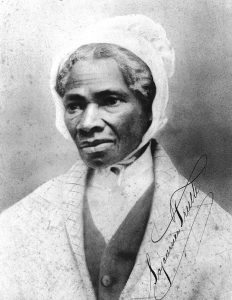
These runaways also created opportunities for the all-white Union Army, in desperate need of soldiers and laborers. Lincoln realized that the Union needed Black soldiers to win the war. Although it is possible to interpret Lincoln’s Emancipation Proclamation as an exceptionally cautious document, declaring the enslaved free in only those parts of the Confederacy where Lincoln had no direct control, and exempting the border slave states and other Union-controlled areas in the South, it was nonetheless an acknowledgement of the changing public opinion in the North and the reality of self-emancipation on the front lines. The proclamation officially opened the army to African Americans for the first time. With Black soldiers now taking up arms against the Confederacy, Lincoln’s war for union was transformed into a war for liberation. The emancipation of 4 million people from slavery ushered in a revolutionary transformation of U.S. society led by African Americans.
The reason corporate curriculum and conservative textbooks so often hide or distort this history is because truly understanding the causes of the Civil War, and how that war was transformed, requires an approach that questions those in power and emphasizes collective resistance. As Howard Zinn explained:
When I look at the history of the United States, what I see is that whenever anything good has been accomplished, whenever any injustice has been remedied . . . it has come about only when citizens became aroused. That’s how slavery was abolished. Slavery was not abolished because Abraham Lincoln issued the Emancipation Proclamation. Slavery was abolished because slaves, the ex-slaves, the escaped slaves, and some white abolitionists got together and formed a great movement against slavery. That movement grew from a small group of people into a national movement that committed acts of civil disobedience and violated the law, violated the Fugitive Slave Act, which required the government to return escaped slaves to their masters. People broke into courthouses, broke into police stations; they rescued slaves, and all kinds of acts of civil disobedience took place. Only then did Lincoln act, only then did Congress act, to abolish slavery, to pass constitutional amendments. And we see this all through American history.
To understand abolition and the Civil War then, is to understand how ordinary citizens — with ideas that seem radical and idealistic, taking action together, breaking unjust laws, pressuring politicians to act — can fundamentally change society. There is no more important lesson that our students can learn from studying history.
The purpose of this unit is not to simply dethrone Lincoln as the Great Emancipator. There have been many worthwhile defenses of Lincoln’s record, his antislavery intentions, and his actions. No doubt, when put into historical context and seen through his point of view, Lincoln can be a sympathetic figure. But the popular narrative that a single white politician ended an institution that formed the economic backbone of U.S. society is simply inaccurate, racist, and dangerous. It took the courageous actions of hundreds of thousands to crush such a profitable system of brutal exploitation. Our job as educators should be to expand the viewpoints through which our students look at history. As Zinn pointed out, “Lincoln was a politician. . . . We are citizens. We must not put ourselves in the position of looking at the world from their eyes and say, ‘Well, we have to compromise, we have to do this for political reasons.’ We have to speak our minds.” I’ve found that students are capable of complex thinking around the role that Lincoln played in the abolition of slavery. However, students’ conclusions about Lincoln are less important than their ability to develop an understanding that the abolitionists and the enslaved fundamentally shifted the political terrain that Lincoln was operating on — in other words, a more complex historical narrative that puts ordinary citizens, like themselves, at the center.
Furthermore, it was not simply Lincoln who was transformed during the war. Opening the Union Army to Blacks had profound effects on white soldiers and the Northern white public. In the Freedmen and Southern Society Project’s book Free at Last: A Documentary History of Slavery, Freedom, and the Civil War, the editors write, “Nothing eradicated the prejudices of white soldiers as effectively as Black soldiers performing well under fire. . . . General James S. Brisbin, who supervised the recruitment of Black soldiers in Kentucky, described to his superiors how the ‘jeers and taunts’ of white soldiers were silenced by their Black comrades’ bravery.” And maybe nothing reveals the rapid shift in public opinion more than the warm welcome white New Yorkers gave the 20th U.S. Colored Infantry, the first Black regiment formed in New York City, as they paraded down the city streets in February 1864. Only seven months earlier, Blacks had been brutally beaten and murdered during the draft riots. While racism survived the abolition of slavery, the bold actions of Black men and women in securing and defining freedom, and the changing racial attitudes of white citizens in response, laid the foundation for postwar anti-racist politics. As abolitionist Wendell Phillips wrote to Sen. Charles Sumner, “These are no times for ordinary politics; they are formative hours. The national purpose and thought ripens in 30 days as much as ordinary years bring it forward.” This concept — that people’s ideas can change, and sometimes change rapidly — is crucial for students who have grown up in a world full of racism, sexism, warmongering, and climate denial.
We need a curriculum that surfaces the moments of solidarity, resistance, and courage that made this a more just, more inclusive society. Students often feel alienated from history and politics because they are told that great (usually white) men make history. Too often, students arrive in my classroom cynical about the possibility for social change. There are countless stories of collective struggle that are antidotes to cynicism. Let’s tell them.
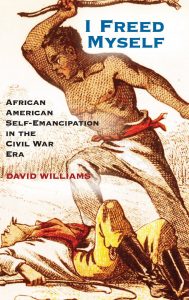
I Freed Myself by David Williams.
A Bottom-Up Pedagogy
As the classroom story beginning this introduction makes clear, one of the aims of this unit is to develop students’ ability to pose critical questions about history and rethink narratives they have previously accepted. But in order to develop students’ democratic capacities, it’s not enough to simply tell them an alternative account. As Rethinking Schools curriculum editor Bill Bigelow puts it, “A people’s history requires a people’s pedagogy.”
Many of the lessons in this collection first appeared on the Zinn Education Project website. The Zinn Education Project, coordinated by Rethinking Schools and Teaching for Change, has promoted and supported the teaching of people’s history in classrooms across the country for more than 10 years. In my classrooms, first in Portland, Oregon, and then in New York City, I developed this unit incorporating lessons from the Zinn Education Project and adding others I developed with help from my colleagues. While working as the Zinn Education Project organizer and curriculum writer during the 2017–2018 school year, I began to knit these lessons together into a coherent unit. With the support and advice of the Zinn Education Project staff, the lessons in this unit draw from a variety of pedagogical methods that aim to not just teach content, but also crucial academic and civic skills.
The first two lessons in the unit begin with narrative and poetry in an attempt to nurture empathy with the plight of the enslaved, but also appreciation for the varied ways Black people resisted their enslavement. “Lesson 1: Frederick Douglass Fights for Freedom” attempts to ground what can often seem like distant history in the lives of our students, while “Lesson 2: Poetry of Defiance” culminates in a collective “Write that I” poem that asks students to center and celebrate resistance in telling the history of the enslaved.
The next several lessons attempt to paint a picture of the social movement that developed to combat slavery. Through role play, these lessons ask students to imagine themselves as abolitionists and consider the choices that these activists faced.
“Lesson 3: If There Is No Struggle. . . ,” for example, asks students to portray members of the American Anti-Slavery Society. In character, they confront the questions that abolitionist organizers also encountered: Should they support attempts to buy enslaved people and colonize them out of the country? Should they maintain a singular focus on slavery in the South or spend their energies also opposing racism in the North? Should they support the Seneca Falls gathering by women’s rights advocates, or do they think this would divide the movement? How should they respond to the 1850 Fugitive Slave Act? Should they support John Brown’s daring raid to capture the federal arsenal at Harpers Ferry?
By confronting these questions as abolitionists, students are able to see that people make history. Rather than seen as an inevitable stream of events, students in this lesson encounter history as a series of choices and turning points that either pushed the abolitionist movement forward or held it back. By running their own meeting and making decisions collectively, this lesson also allows students to gain valuable skills they need as engaged citizens, skills too often de-emphasized in the era of high-stakes testing.
“Lesson 4: Who Fought to End Slavery?” introduces students to 28 prominent and lesser-known abolitionists. Through a mixer role play, students confront different tactics used and conflicting ideas held by these individuals in their efforts to abolish slavery. In “Lesson 5: Raising the Voices of Abolitionists Through Art,” students read and listen to abolitionist speeches and analyze abolitionist art. Utilizing the powerful words they encounter during the lesson, students then make art of their own.
In “Lesson 6: Mapping the Slave Economy,” the focus shifts to the economic roots of the Civil War. This classroom simulation and the accompanying reading challenge another historical fable: the virtuous antislavery North.
“Lesson 7: The Election of 1860 Role Play” gives students a clearer picture of the electoral coalition that brought Lincoln to power. Students take on the roles of different social groups, confront the major issues the different candidates addressed, and ultimately decide who they will vote for.
Armed with a deeper understanding of the economic and political landscape before Lincoln’s election, students then analyze some of the main causes of the Civil War and question their prior assumptions. “Lesson 8: A War to Free the Slaves?” challenges one common misunderstanding: that Lincoln and the North waged war against the South to free the enslaved. Through a close reading of Lincoln’s first inaugural address and the Emancipation Proclamation, students are encouraged to rethink the war’s initial purpose.
Throughout the unit, we attempt to provide teachers with student-friendly readings that reinforce these main themes often left out of the K–12 curriculum: the resistance of the enslaved, the history of the abolitionist movement, and Northern complicity in slavery. “Lesson 9: ‘Who Freed the Slaves?’ Civil War Jigsaw” asks students to critically weigh how historians emphasize different historical actors when storying slavery’s demise. The final lesson asks students to construct their own argument from the varied perspectives they encounter throughout the unit.
One caveat: Although the first few lessons provide some background, this unit is not directly about the institution of slavery itself. These lessons are an attempt to bring to life in the classroom the rich history of antislavery resistance. The success of that resistance opened up a new set of questions during the Reconstruction era, which are explored in the Afterword and in a subsequent lesson. Around the same time I began to compile this unit, the Zinn Education Project began our Teach Reconstruction campaign because too often Reconstruction is given short shrift in classrooms and history textbooks. We hope this unit can lay the basis for a stronger understanding of Reconstruction by engaging students in looking at the process that began with resistance to slavery, culminated in the Civil War, and subsequently led to some of the most dramatic social and political changes in U.S. history.
As Howard Zinn reminded us, moments like the triumphant struggle against slavery “should be remembered because they suggest to us what is possible for apparently powerless people to accomplish in the face of overwhelming odds.” Today, from climate change to mass incarceration, we face overwhelming odds. But this unit aims to help students and teachers across the country envision the possibility of overcoming those odds and building a better world.
Classroom Stories

Being from a rural-but-not-distant bedroom town outside Indianapolis, our school is majorly dominated by rural poor and middle class white students.
After I found Teaching a People’s History of Abolition and the Civil War from Rethinking Schools, I knew this was the kind of material my APUSH students needed to be exposed to in order to open up their lenses of history and to encounter works they had never seen before. This is a risk in our school and community, but a calculated and necessary one that will provide students with information and experience beyond the boundaries of the town.
Just today, we finished Lesson 2 (Poetry of Defiance: How the Enslaved Resisted) and the students worked on their collaborative poem, “Write That I.”
The results were OVERWHELMING! To think that my students could shift perspective and write in such a way is one of those moments that keeps teachers going! Here are samples of their class poems (each student wrote a stanza) from 2nd period and 4th period.
I have shared the works with colleagues and they are equally pleased with the results and have thanked me for doing this with the students.
I am excited to continue through this resource and continue this journey with them! Thank you so much for providing this resource! What a blessing!
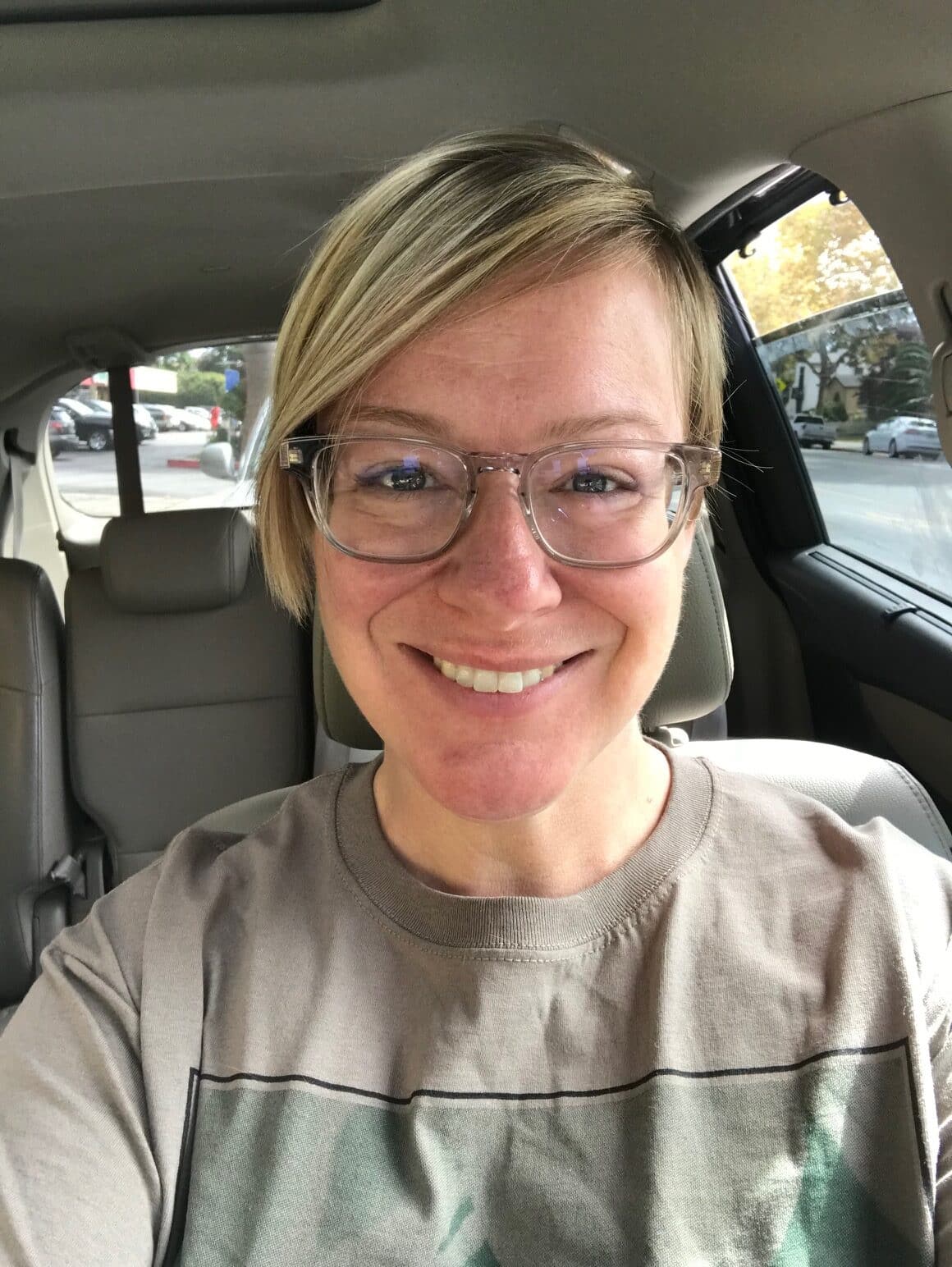
Before I taught Zinn Education Project lessons about resistance to enslavement, my students were under the impression the only types of agency enslaved people could exercise were running away or violent revolt. Some thought that if you didn’t run away or fight violently, then enslaved people must have accepted their condition of enslavement. The most popular or well known African Americans from this time period are Harriet Tubman and Frederick Douglass, both of whom ran away. By the time students reach my class, these are often the only stories young students hear about resistance. It was time to set the record straight and expand their understanding of enslavement and resistance.
I chose the lesson Poetry of Defiance: How the Enslaved Resisted from the phenomenal teaching tool, Teaching a People’s History of Abolition and the Civil War. After learning about the variety of ways enslaved people resisted their enslavement, they came away with new understandings about how resistance exists on a continuum and that resistance can take many different forms as well as the fact that how a person chose to resist varied widely due to many different circumstances they faced. This has been one of my favorite lesson to teach from ZEP and I look forward to keeping it in permanent rotation when I teach about the lives of the enslaved. Thank you!
I have included a link to one of my student’s poems here.
ISBN: 9780942961058 | Rethinking Schools![]()
Special Offer: Use the purchase code ZEPACW for 10% off Teaching a People’s History of Abolition and the Civil War.
Learn more in the Zinn Education Project national report, “Erasing the Black Freedom Struggle: How State Standards Fail to Teach the Truth About Reconstruction,” and find teaching resources on Reconstruction below.

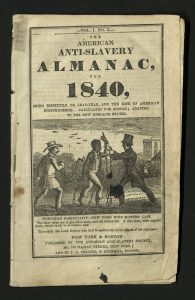
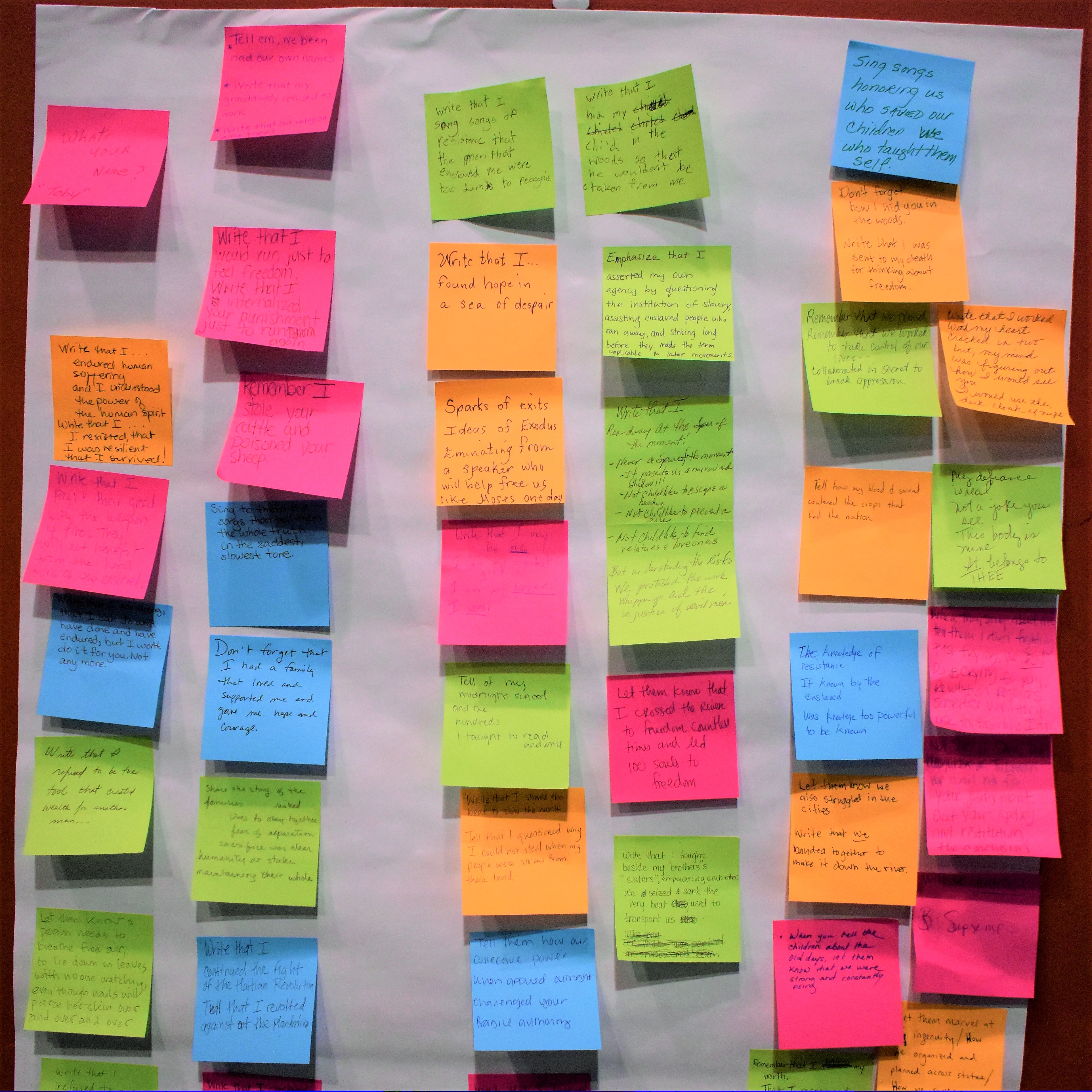
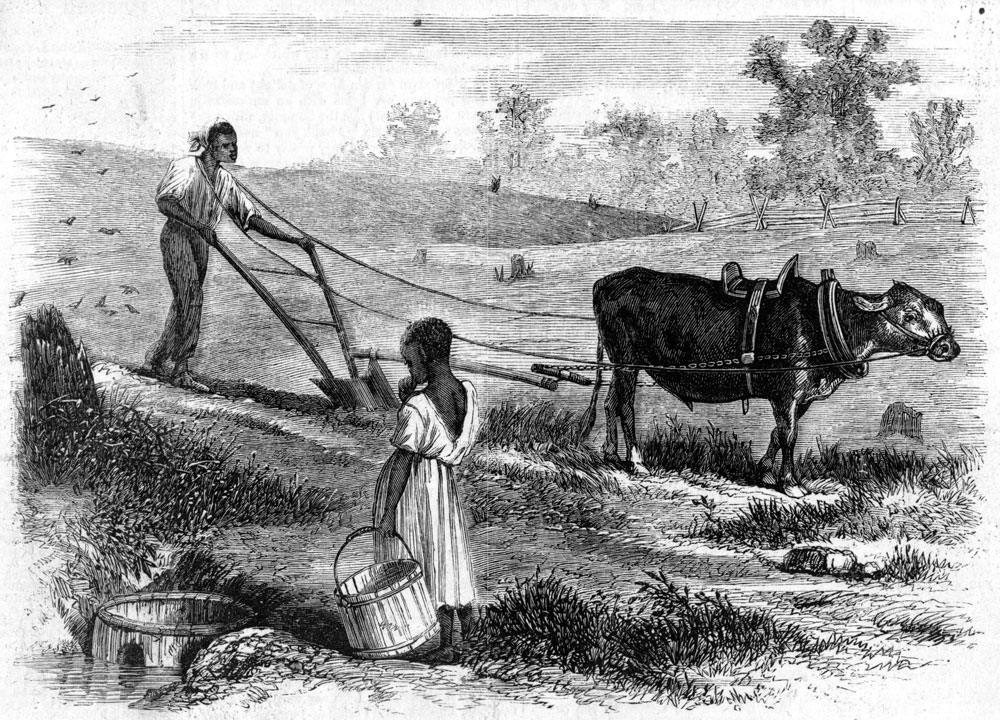
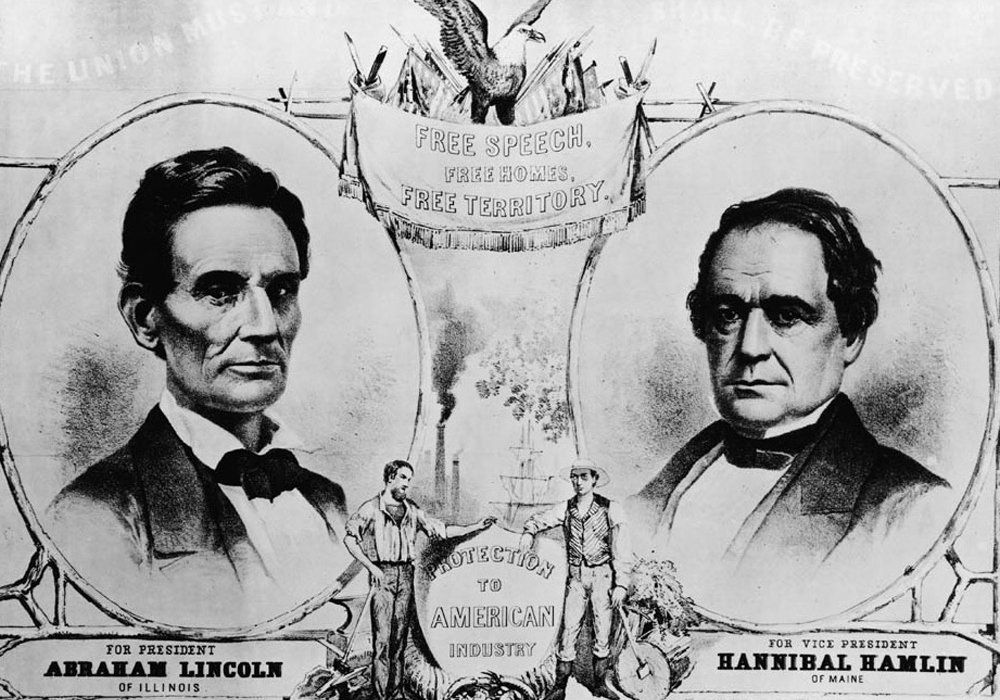
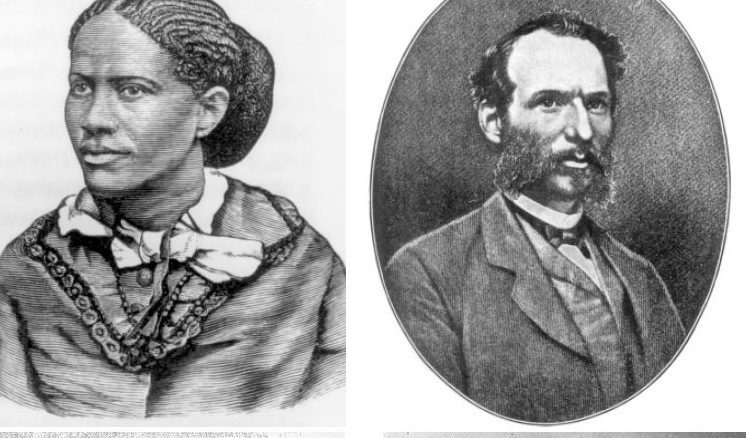
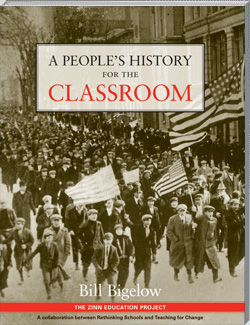
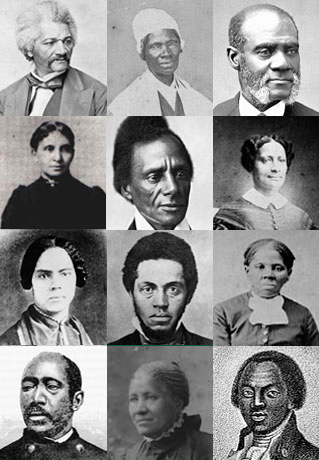
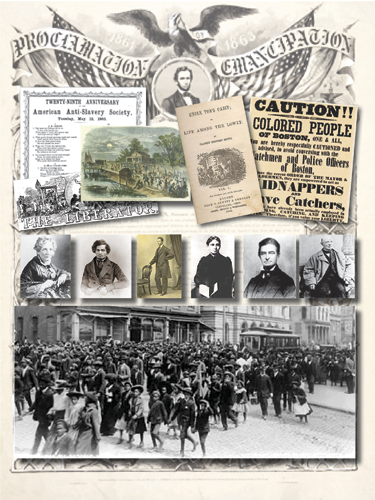
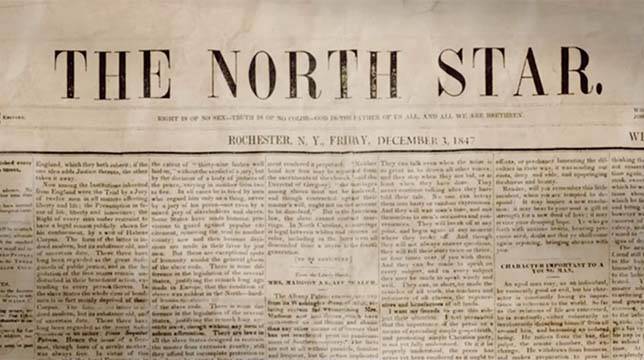
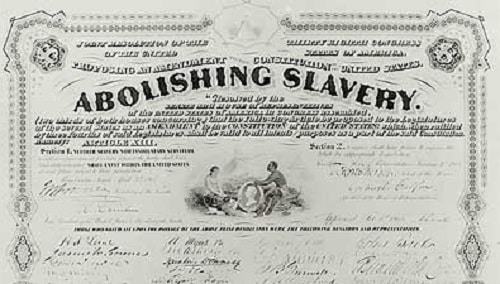






Twitter
Google plus
LinkedIn